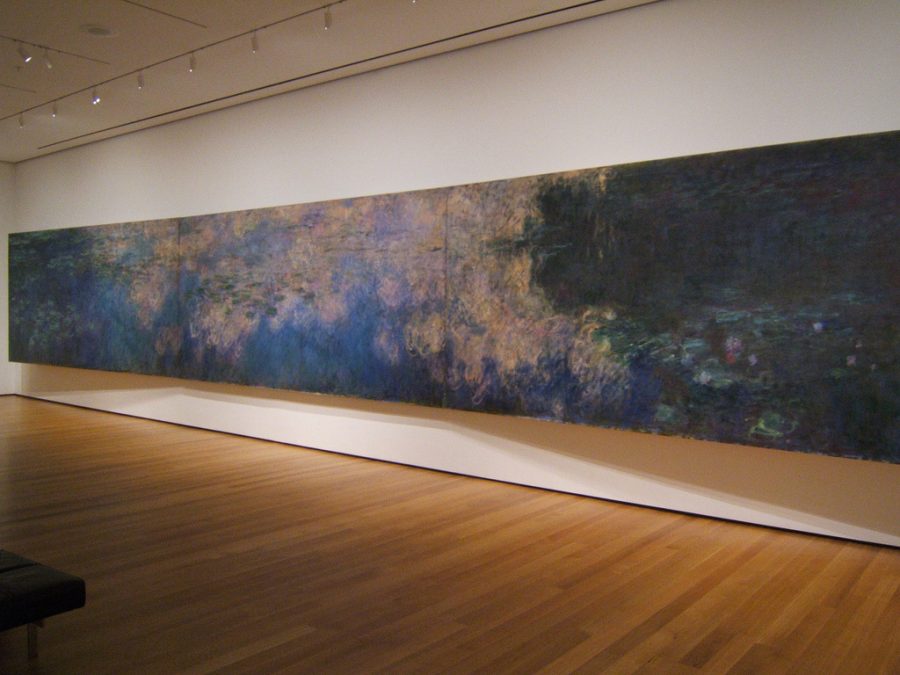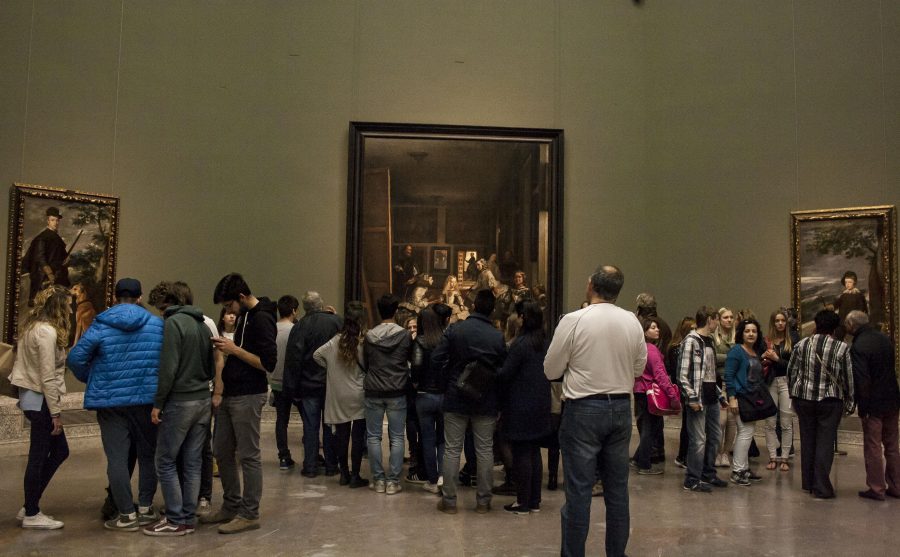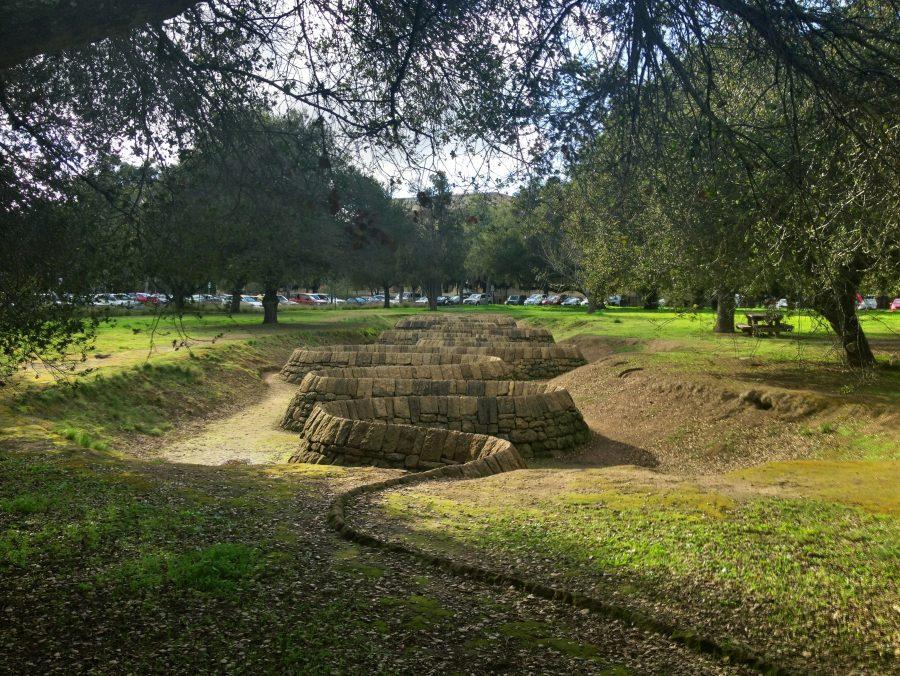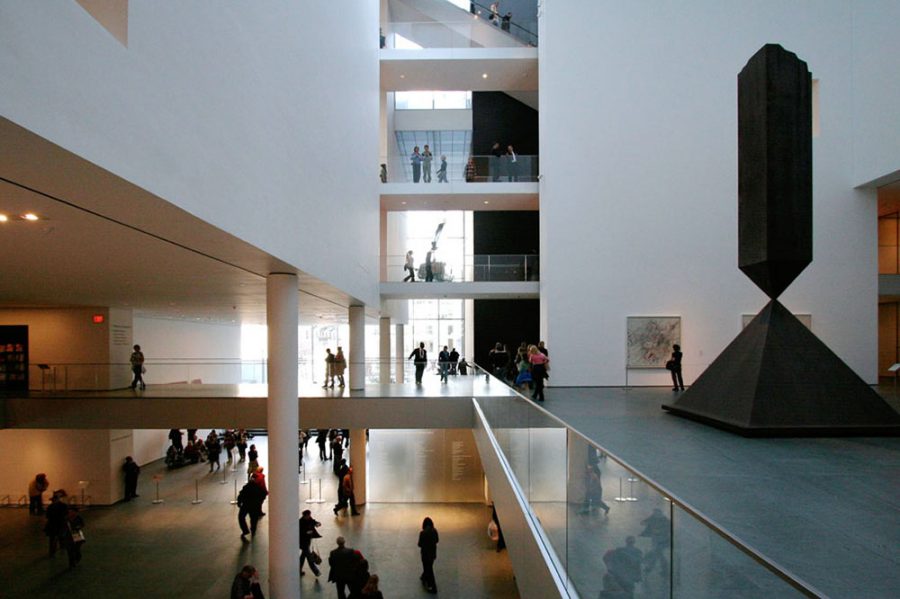I grew up in the countryside of Vietnam, where my love for nature and its serenity developed through my weekly visits to my town’s rice field and my biking sessions around Ho Tron Lake. Naturally, many of my artworks I created in my youth revolved around the theme of nature. During the weekends, I would gather my art supplies and search for spots around town to set up my little canvas and get to creating. With inexpensive acrylic paint, I would cover the blank canvas with abstract and colorful strokes. I ended up with artworks that seemed like they were inspired by Claude Monet’s creations, as my uncle often pointed out. I began researching the artist and his works, and as time progressed, I fell more and more in love with Monet’s abstract, yet detailed and lively style.
Being an avid and long-term fan of the impressionist, I have always sought opportunities to see his works in person. After hearing from one of my friends that the Nelson-Atkins Museum, two hours away from where I live, houses one of Monet’s pieces in his Water Lilies series, I was elated. So when I found out that our family was taking a trip to Kansas City where the museum is located, I was even more excited.
Monet’s Water Lilies series consists of around 250 oil paintings depicting the artist’s beloved flower garden at his home in Giverny. These works represent Monet’s shift of focus from varied contemporary subjects he had painted earlier in his life to a simpler yet timeless subject — water lilies. A typical Water Lilies piece features a pond with a bridge spanned across and water lilies floating on top of the water’s surface, with occasional additions of trees and the horizon.
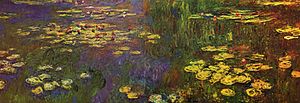


When we arrived at the museum, I headed directly to the section where Monet’s
is on display. The first thing that struck me was the size of the painting. Measured at approximately seventy-nine inches tall and thirteen feet long (yes, thirteen feet!), this manifestation of Water Lilies showcased its artist’s remarkable capturing of light and loose handling of forms. The colors diffused and mingled to create a cohesive, yet distinct natural scene. As one’s vision travels from top to bottom of the painting, the light gradually fades, bringing attention to the beautifully arranged groups of water lilies. I could tell that during the creating process, Monet thoroughly immersed himself in observing the scenes that inspired his paintings: clusters of flowers gracefully sitting atop the surface of the pond, interacting with the intricate reflection of the environment. The work evoked a feeling of peace and tranquility in me. I felt as if I was brought back to Ho Tron Lake, where I unintentionally created my own version of Water Lilies.
What role has nature played in any aspect of your life? Leave a comment below!












































































